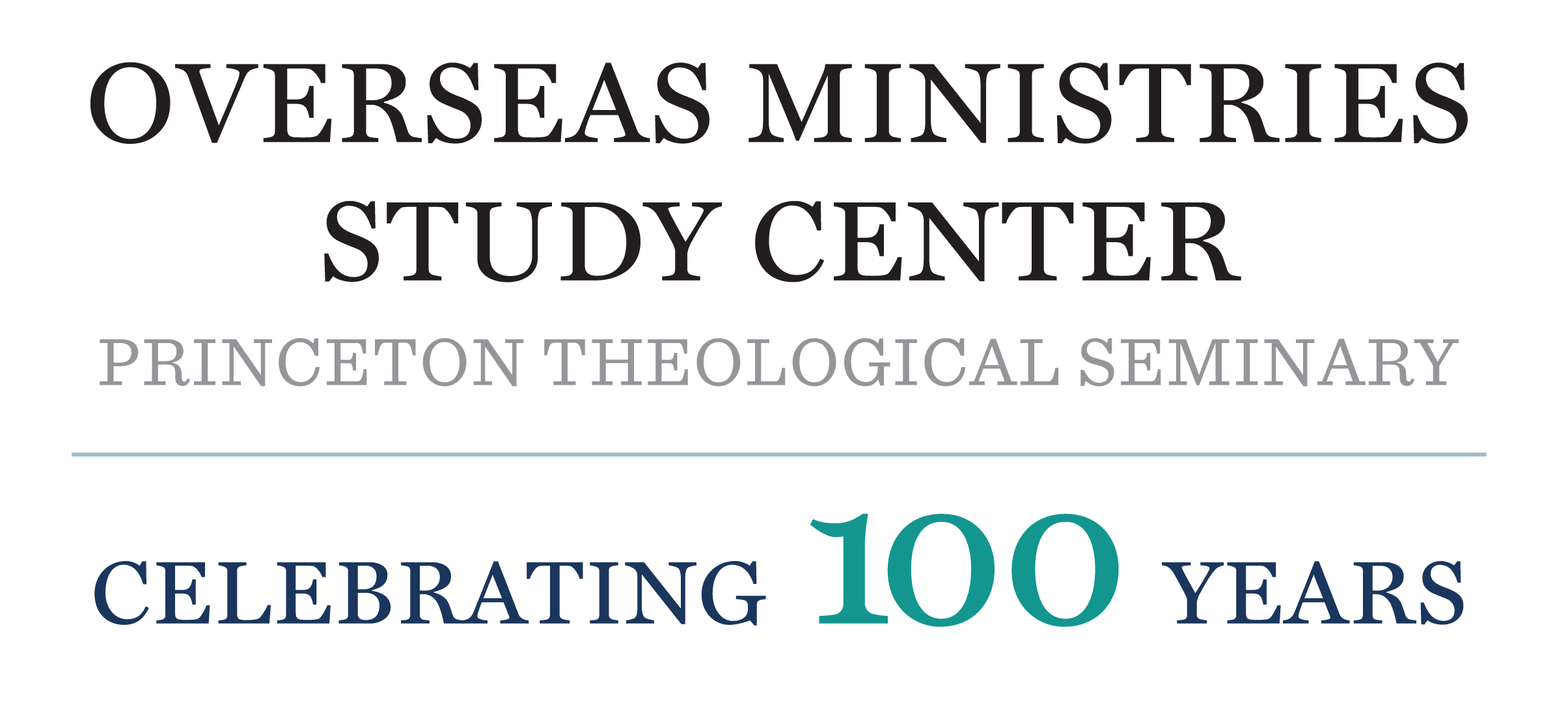By Stephen Di Trolio – Doctoral Candidate – Princeton Theological Seminary
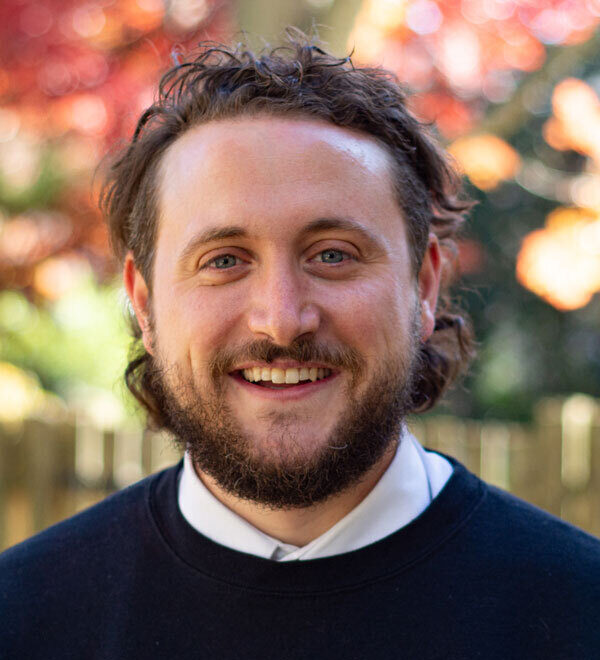
Editor’s Introduction: Stephen is a PhD student in the Department of History and Ecumenics at Princeton Theological Seminary, specializing in “Religion in the Americas.” Stephen was born in Costa Rica and grew up in Argentina, where he returned to live after university in the United States. In Buenos Aires, he was a youth worker with international students, taught at a seminary, and worked on educational projects in Nicaragua. He is researching Latin American political history, religious-social movements, and Pentecostalism in Argentina.
Beginning in September, Stephen joins OMSC as the managing editor of The Occasional!
In his book, Writing History, Essays on Epistemology, Paul Veyne writes, “historians tell of true events in which man is the actor; history is a true novel.”[1] The task of the historian is, therefore, to dig through books, manuscripts, videos, scribbles in a notebook, paintings, and photographs to uncover the chapters of this novel, allowing the past to speak to us through the layers of the archives. Last year, I was asked to assist the Overseas Ministries Study Center (OMSC) with just such a research project, which put me face-to-face with over thirty years of business meetings, internal notes, financial reports, personal memos, and a vast array of correspondence. In this process, I witnessed the pivotal decision to move OMSC from its home in Ventnor, New Jersey, to New Haven, Connecticut. I reviewed notes, suggestions, and recommendations on all facets of life at OMSC from board members, lawyers, staff, and directors. These archives provided me a window into the inner workings of the organization with its wide cast of theologians, historians, missionaries, and lay leaders.
While reading them, I thought deeply about the work of OMSC and the leadership of Gerald Anderson over almost three decades (1976-2000).[2] I was struck by OMSC’s unique story that not only represented more significant shifts in the global missionary movement between the 1970s and 1980s but also functioned as a site of “conversion,” a space for missionaries from various groups to undergo their own conversion to a broader vision of the Church. In a fractious time of developing rifts between evangelicals and mainline protestants, OMSC functioned as a place of encounter, charity, and community. Anderson points this out in his report stating, “Through the year, there developed an exceptional spirit of Christian community, with prayerful concern and support for one another’s burdens and blessings, a sense of oneness in the service of the Lord’s worldwide mission, and appreciation for renewal in the Spirit in preparation for further service.”[3]
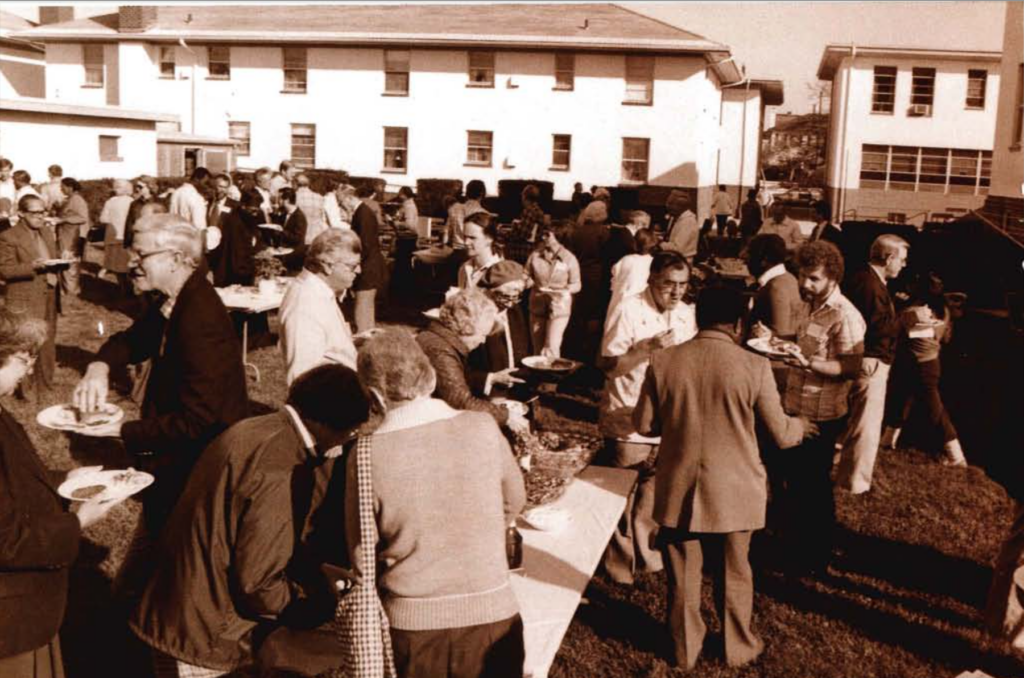
Throughout the archival material, I listened to the voices of the many persons who witnessed the change that OMSC underwent during Anderson’s leadership in the 1970s and 1980s. At that time, OMSC was (and still is) a space of ecumenical fellowship where missionaries worked as bridge builders across denominations, hosting a wide range of interdenominational conversations. There were, of course, snags and complications along the way. For example, when one OMSC board member resigned in 1974, they protested, “To welcome Catholics at OMSC is tantamount to saying that the Reformation wasn’t necessary!” Holding the ecumenical middle ground was contentious, especially as OMSC continued to welcome Catholics and an increasing number of Pentecostals. At the time, Robert Coote, Associate Director of OMSC and Assistant Editor of the IBMR, noted that many organizations working with OMSC were deeply critical of Pentecostal denominations and Charismatic movements.
Despite the tensions, the whole denominational spectrum could be found at OMSC in any given year. OMSC was constantly mobilizing itself to adapt and hold together the expanding and ever-changing landscape of church fragmentation and division – by continuing to work with Mainline, Evangelical, and Catholic organizations. Many of the minutes penned by Gerald Anderson seem to be implicitly rooted in a practical ecumenical vision of the Christian faith. This ecumenicity was not only theoretical but a deliberate effort by Anderson and OMSC leadership to create a climate where OMSC’s diverse participants could begin developing an ecumenical sensibility that would translate to their local sites of the mission.
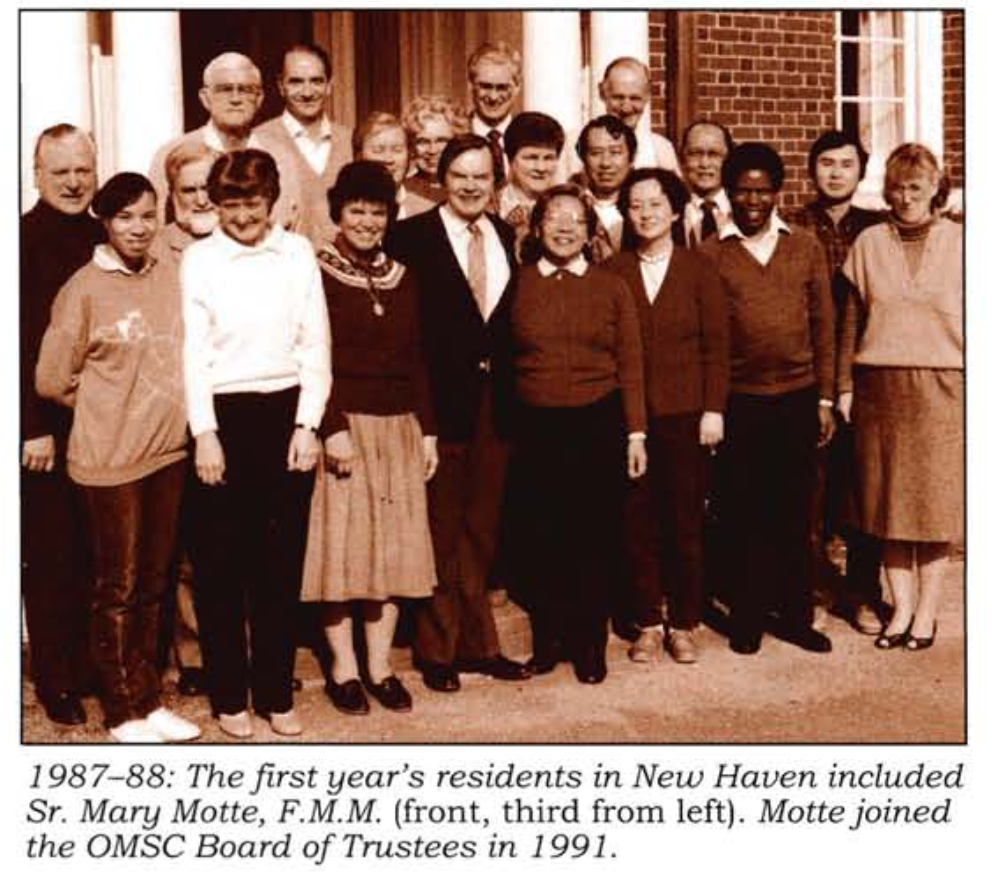
The mid-1980s brought a new set of challenges and change, namely the sale of the Ventnor campus and the subsequent move to New Haven, CT, to expand their educational opportunities. During these times, OMSC was acutely aware of its role in missionary work, its place in the continual work of consensus building, and its reputation as a valuable effort to all sides of the theological spectrum. This work across denominational lines and its vision of a community of missionaries from all denominational backgrounds distinguished OMSC from other denominational based mission organizations. One missionary described their time at OMSC thus: “…the study seminars stimulating, the community of worship, study, and fellowship with Christians from all traditions enriching….”[4]
Gerald Anderson and the Board of Trustees labored intently on the possibility of converting missionaries from all parts of the Church to a more generous and rich vision of Catholicity, the Church universal. The documents from this period point an organization that was thinking creatively about interdenominational work and the effort it took to make this vision possible. In the increasingly fractured world we live in today, it is even more important to recognize and remember the valiant efforts of OMSC’s past leadership to create space for ministers at opposite ends of the ideological spectrum to live, learn, and pray with one another. OMSC continues to do this work today, now with an even greater look towards the majority world, an orientation that traces back to the Anderson era.
—
[1] Paul Veyne, Writing History ; Essay on Epistemology, trans. Mina Moore-Rinvolucri, 1st Wesleyan ed (Middletown, Conn: Wesleyan University Press, 1984), 10.
[2] “Centenary Celebration,” OMSC, accessed June 6, 2022, https://omsc.ptsem.edu/centenary-celebration/.
[3] Gerald H. Anderson, “Report of the Director to the 54th Annual Meeting of the Board of Trustees – June 7, 1978,” June 7, 1978, 1, OMSC.
[4] Gerald H. Anderson, “Report of the Director,” October 1981, 1, OMSC.
